What is a Direct-Drive Sim Racing Wheel & Why Do You Need it?
In the world of sim racing, you’ll constantly hear about the importance of a “direct-drive” wheelbase, but what does that even mean, why do you need it, and why are they so expensive? In this quick guide, I’ll be explaining all of that and including my best recommendations for direct-drive systems as well as cheaper alternatives.
Why Direct-Drive is Recommended for Sim Racing
Direct-drive wheelbases have become the gold standard in sim racing for several compelling reasons. Unlike their gear and belt-driven counterparts, direct-drive wheelbases offer a direct connection between the motor and the steering wheel, eliminating any play or latency. This section delves into the advantages of direct-drive systems, including their superior force feedback, accuracy, and the immersive experience they provide to users.
Superior Force Feedback
One of the most lauded features of direct-drive wheelbases is their exceptional force feedback capabilities. Force feedback is crucial in sim racing, as it simulates the tactile responses a driver would feel in a real car. The direct connection of the motor to the steering wheel in direct-drive systems enables a much more nuanced and detailed force feedback. Racers can feel every aspect of the road, from the texture of the asphalt to the subtle feedback of tire grip levels, making the driving experience incredibly lifelike.
Unmatched Accuracy
Accuracy in sim racing is paramount, and direct-drive wheelbases excel in this area. The absence of gears or belts means there's no mechanical slack or delay in the transmission of movements. This precision allows for instant response times, crucial in competitive racing where every millisecond counts. Drivers can make more precise maneuvers, reacting to virtual racing conditions with the same dexterity as they would in real life.
Immersive Experience
The goal of sim racing is not just to replicate the physical mechanics of driving but to immerse the player fully in the racing experience. Direct-drive wheelbases significantly contribute to this immersion. The quality of force feedback and the responsiveness of the system make it easy to forget you're in a simulation. This level of immersion is not only more enjoyable but can also be used as an effective training tool for professional and amateur racers alike, allowing them to practice and hone their skills in a risk-free environment.
Durability and Longevity
Direct-drive wheelbases are also recognized for their durability. The simplicity of their design, with fewer moving parts than gear or belt-driven systems, means there are fewer components that can wear out or fail. This reliability makes direct-drive wheelbases a wise investment for serious sim racers, offering longevity that can withstand the rigors of intense racing sessions.
Customization and Compatibility
Another advantage of direct-drive wheelbases is their versatility. Many models are highly customizable, allowing users to adjust settings such as force feedback strength, steering angle, and more, to their precise preferences. Additionally, direct-drive systems are often compatible with a wide range of steering wheels, pedals, and other accessories, making it easier for racers to build their ideal setup.
My Direct-Drive Wheelbase Recommendations:
(Links to Lowest Priced Offerings from Official Retailers)
Choosing the Right Direct-Drive Wheelbase for Your Setup
Selecting the ideal direct-drive wheelbase requires careful consideration of various factors, including compatibility with games, software, and existing hardware setups. This part of the article offers practical advice on how to match a wheelbase with your sim racing rig, ensuring a seamless and enjoyable racing experience.
Newton-Metres of Force
Direct-Drive sim racing wheelbases are classified based off of the amount of newton-metres of force they can provide. In general, the classifications are:
Entry Level DD systems: 3-8nm of force
Mid-Range DD Systems: 8-15nm
High-End DD Systems: 15nm+
As you would imagine, the higher the output of force, the more immersive and realistic the driving experience will be. However, this increased realism comes with a higher price tag, not just in terms of the initial purchase but also in terms of the requirements for supporting equipment. High-end systems demand sturdy mounting solutions like dedicated sim racing cockpits that can easily pass the $1000 mark in order to eliminate flex.
It's important to consider your budget and the level of immersion you're seeking. Entry-level systems are a great starting point for newcomers to sim racing, offering a significant step up from gear or belt-driven systems without breaking the bank. Mid-range systems strike a balance, offering more force and a more immersive experience for those who have outgrown entry-level setups or want something more substantial from the start.
Compatibility
Another crucial factor is compatibility with your existing or planned setup. This includes not only the physical mounting of the wheelbase but also its compatibility with your PC or gaming console, as well as with the racing games you intend to play. Most direct-drive systems are compatible with popular racing titles, but it's always worth checking to ensure that your preferred games will work seamlessly with your chosen wheelbase.
Software is another aspect of compatibility to consider. The software that accompanies your direct-drive system can greatly affect its performance and the overall experience. Look for systems that offer detailed customization options, allowing you to fine-tune force feedback, steering sensitivity, and other parameters to match your driving style and preferences.
If you’re sim racing on PC (which I always recommend) compatibility will be the last of your worries as all direct-drive system in the market will work with PC’s. However, if you’re taking the console route with either an Xbox or PlayStation, this will undoubtely be your main concern. As such, before making any purchase, make sure to 100% confirm whether the wheelbase you are purchasing comes with compatibility with your console. Also, note that in most cases, if a wheelbase works with Xbox, it will not work with PlayStation and vice-versa. Below are four of my top recommendations for sim racers looking for a console-compatible direct-drive system.
So, which should you choose?
At the end of the day, with so many options available for direct-drive systems, it really just comes down to what you’re able to afford, what company offers the biggest ecosystem of compatible wheels, and what you’re looking for in your driving experience.
In general, I always recommend wheelbases with a max torque output anywhere between 9 to 12nm of force. Any higher than that in my opinion is overkill and any lower, usually leaves me wishing for more. My main recommendation for someone choosing their first direct-drive system is to look at reviews! There are SO many options each of which being better or worse than others in certain aspects, so, do your due dilligence to find what works best for you and once you know, make your purchase and enjoy!
Having owned and reviewed nearly all mainstream sim racing direct-drive wheelbases, I’ve also compiled a huge array of reviews which you can read here or watch on my youtube channel!
Direct-Drive Alternatives
Belt-Driven Wheelbases
Belt-driven systems utilize a belt and pulley system to transmit force from the motor to the wheel, balancing performance with affordability.
Advantages of Belt-Driven
Quieter operation compared to gear-driven
Offers a good balance between price and performance
More affordable than direct-drive wheelbases
Disadvantages of Belt-Driven
Potential for belt wear and tear over time
Less direct feedback compared to direct-drive
My Belt-Driven Wheelbase Recommendations:
(Links to Lowest Priced Offerings from Official Retailers)
Gear-Driven Wheelbases
Gear-driven wheelbases employ gears to connect the motor to the wheel, offering an entry-level force feedback experience.
Advantages of Gear-Driven
Most affordable option
Suitable for beginners in sim racing
Most accessible type of force feedback wheelbases
Disadvantages of Gear-Driven
Can feel notchy or less smooth due to gear meshing
Lower force feedback fidelity compared to the other types
Usually louder in operation
Important things to note:
If you want to get into sim racing, never buy a wheelbase without force feedback.
The used market can have great deals on quality wheelbases. I recommend Facebook Marketplace.
SimSpots.com posts daily deals on sim racing hardware, including wheelbases.
My Gear-Driven Wheelbase Recommendations:
(Links to Lowest Priced Offerings from Official Retailers)
FAQs
What is a direct drive sim racing wheelbase?
A direct drive sim racing wheelbase is a high-end component in sim racing setups, providing a direct connection between the motor and the steering wheel without any gears or belts. This design offers unparalleled force feedback precision and realism, allowing sim racers to feel even the smallest details from the virtual road.
How does a direct drive wheelbase improve sim racing experience?
By offering more accurate and detailed force feedback, direct drive wheelbases allow racers to better understand the grip levels, road texture, and handling characteristics of their virtual car. This leads to a more immersive experience and can help improve lap times by providing clearer feedback on how the car is behaving.
Are direct drive wheelbases compatible with all racing games?
Most direct drive wheelbases are compatible with popular racing titles, but compatibility can vary based on the specific game and the software support provided by the wheelbase manufacturer. It's important to check compatibility with your preferred racing games before purchasing.
What do I need to consider before buying a direct drive wheelbase?
Key considerations include compatibility with your existing sim racing setup (e.g., pedals, racing seats, and steering wheels), the available space and mounting options, your budget, and the specific features offered by different models, such as torque output and connectivity options.
Can I use a direct drive wheelbase on a regular desk?
Direct drive wheelbases produce strong force feedback and require a sturdy mounting solution to ensure safety and stability during use. While some setups can be clamped to a strong desk, a dedicated sim racing cockpit or a strong wheel stand is recommended for the best experience.
How do I set up a direct drive wheelbase?
Setting up involves mounting the wheelbase to a compatible stand or cockpit, connecting it to your PC or gaming console, and installing any necessary drivers or software. Calibration and force feedback settings may need to be adjusted in-game or through the wheelbase's software to achieve the desired performance.
Are there any maintenance requirements for direct drive wheelbases?
Direct drive wheelbases typically require minimal maintenance due to their simple and robust design. Keeping the unit clean and free from dust, and ensuring firmware and software are kept up to date, are generally the only requirements.
How much do direct drive wheelbases cost?
Prices vary widely based on the brand, model, and features, but direct drive wheelbases are premium products and typically cost more than belt-driven or gear-driven alternatives. Prices can range from a few hundred to several thousand dollars. Discount codes for many sim racing products to lower the cost can be found here.
Is a direct drive wheelbase worth the investment?
For serious sim racers looking for the most realistic and immersive racing experience, a direct drive wheelbase can be a worthwhile investment. The improved force feedback and durability over other types of wheelbases can significantly enhance your racing performance and enjoyment.
Where can I buy a direct drive wheelbase?
Direct drive wheelbases are available from various manufacturers and can be purchased through their websites, online marketplaces, and specialty sim racing equipment retailers. It's important to buy from reputable sources to ensure product quality and support







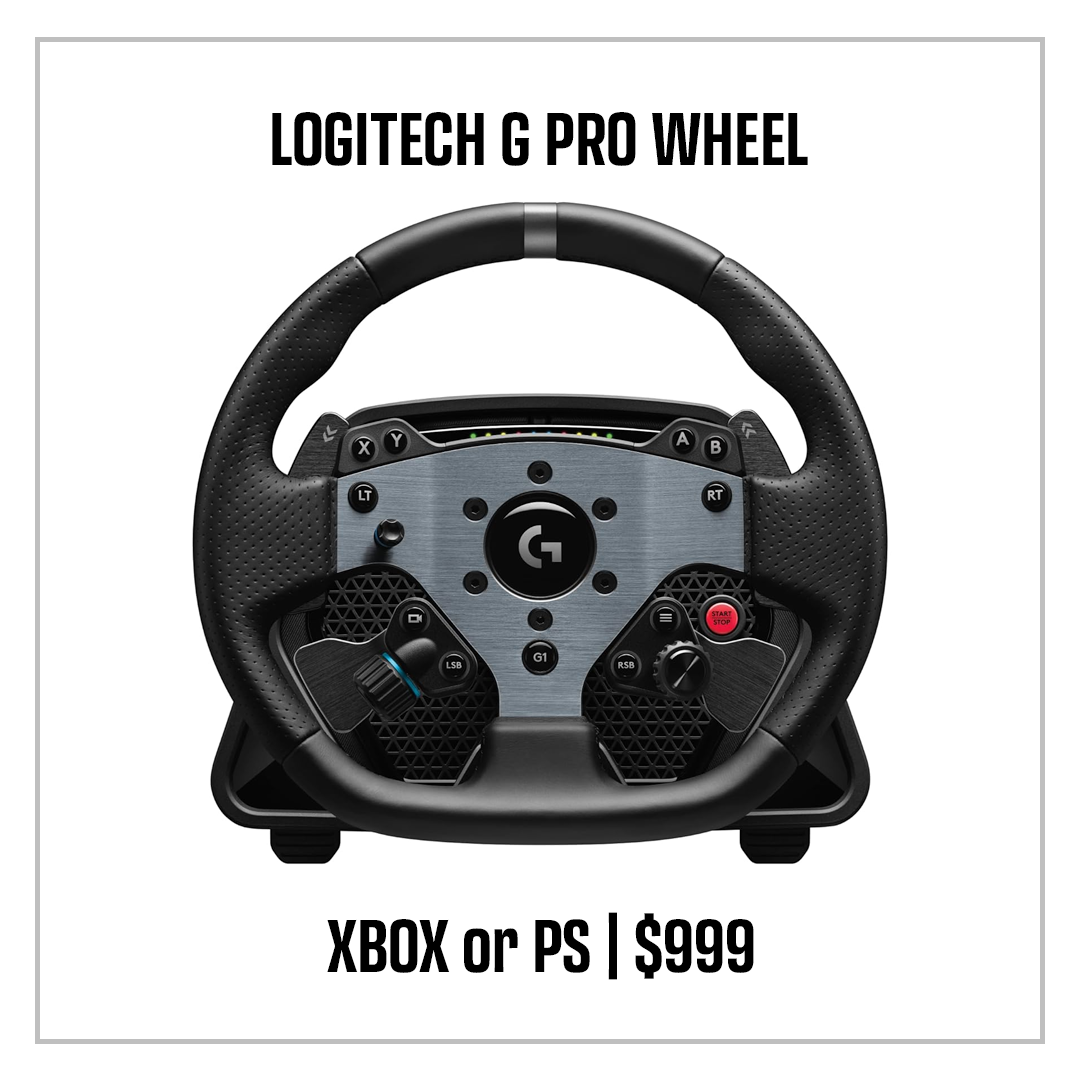












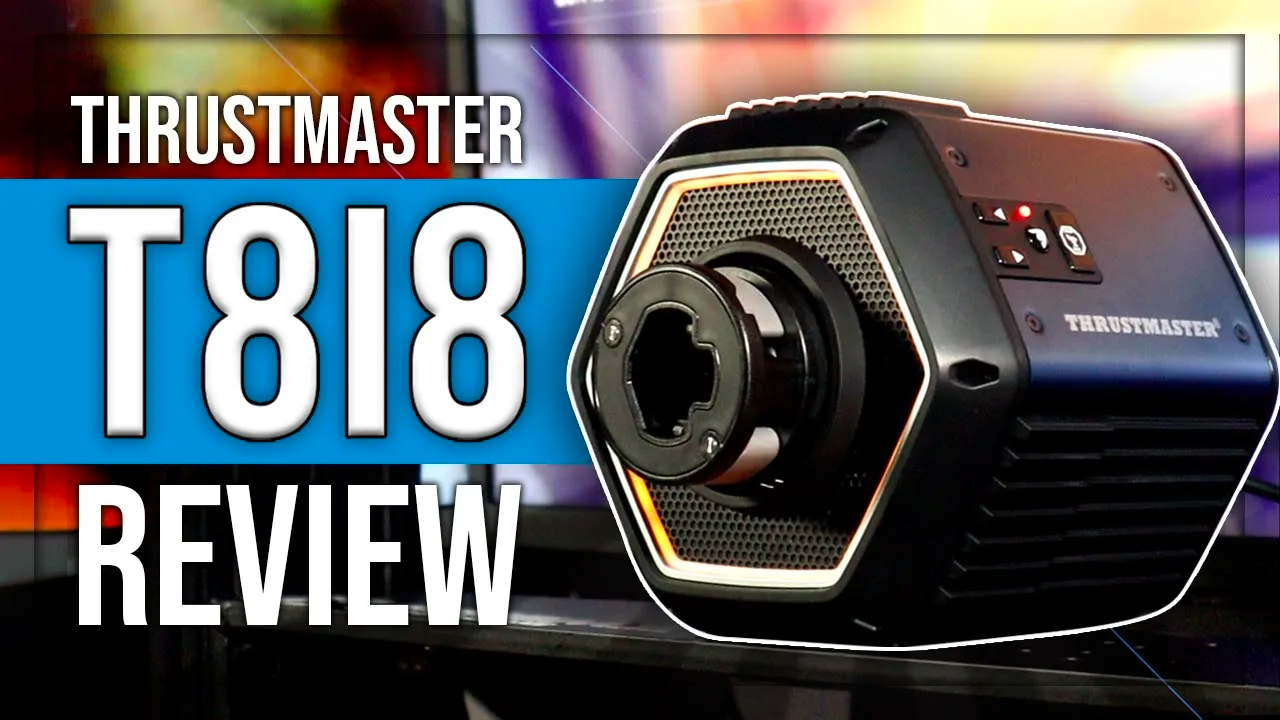
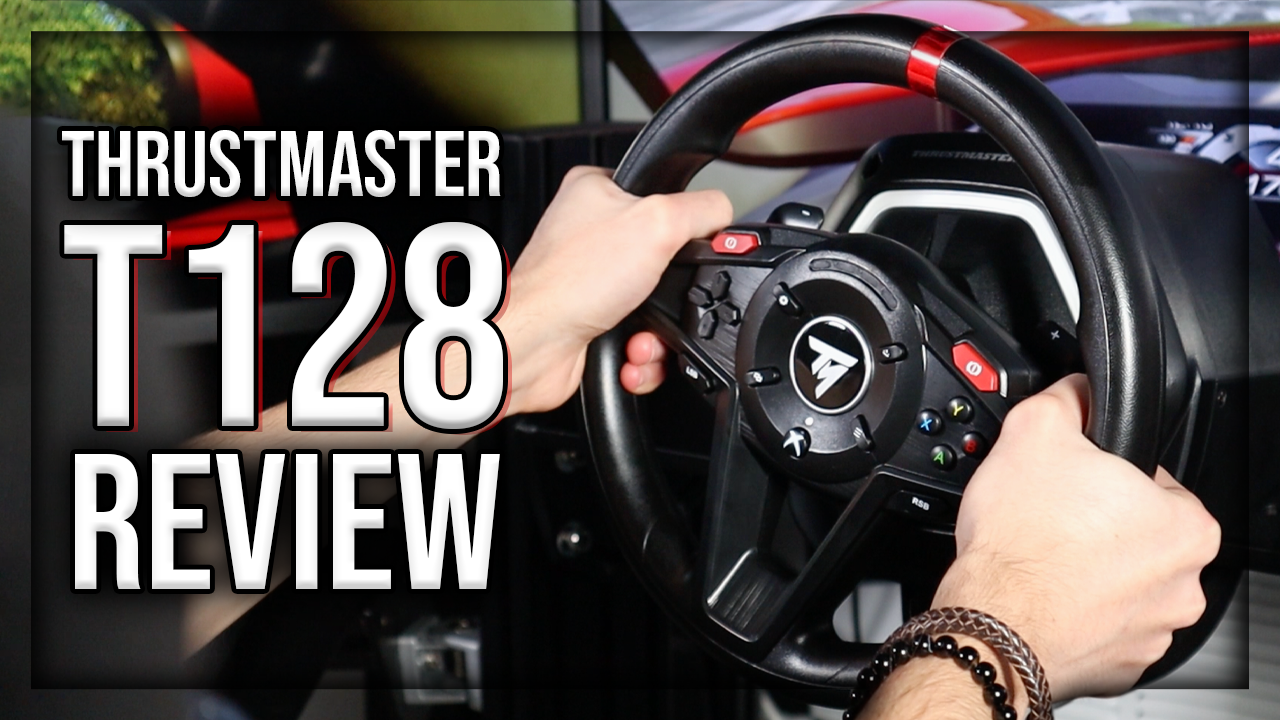

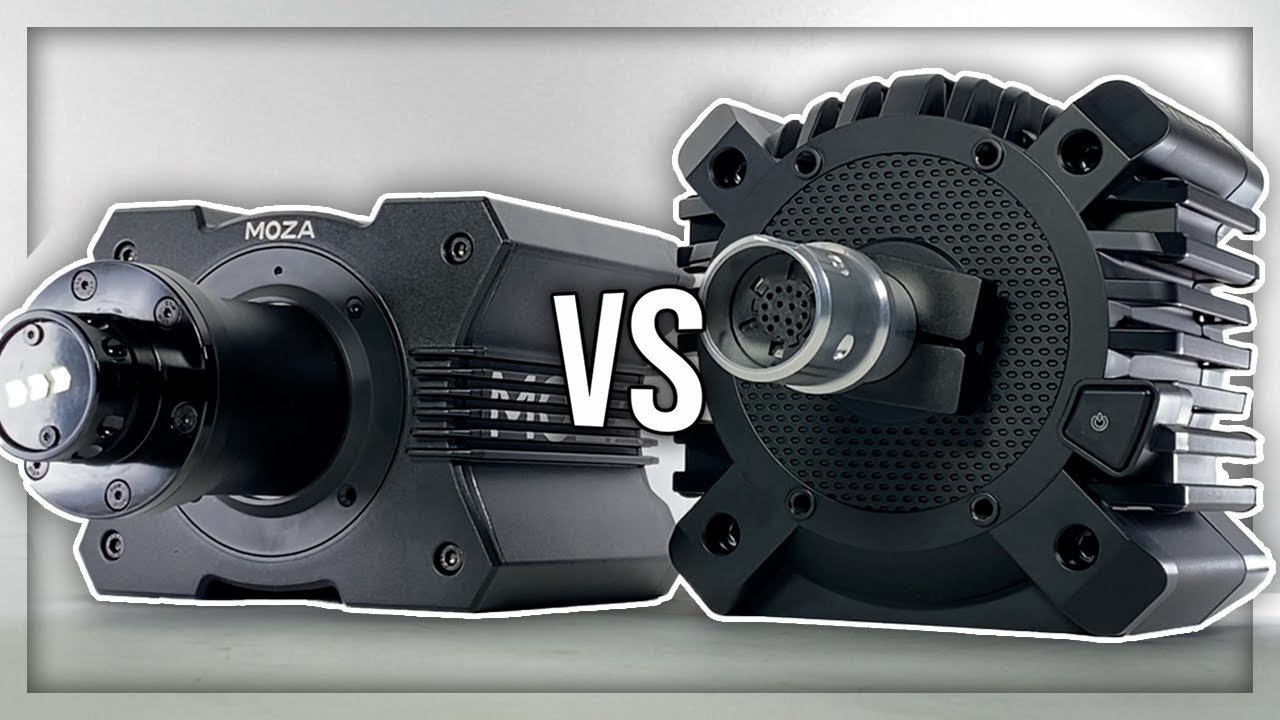

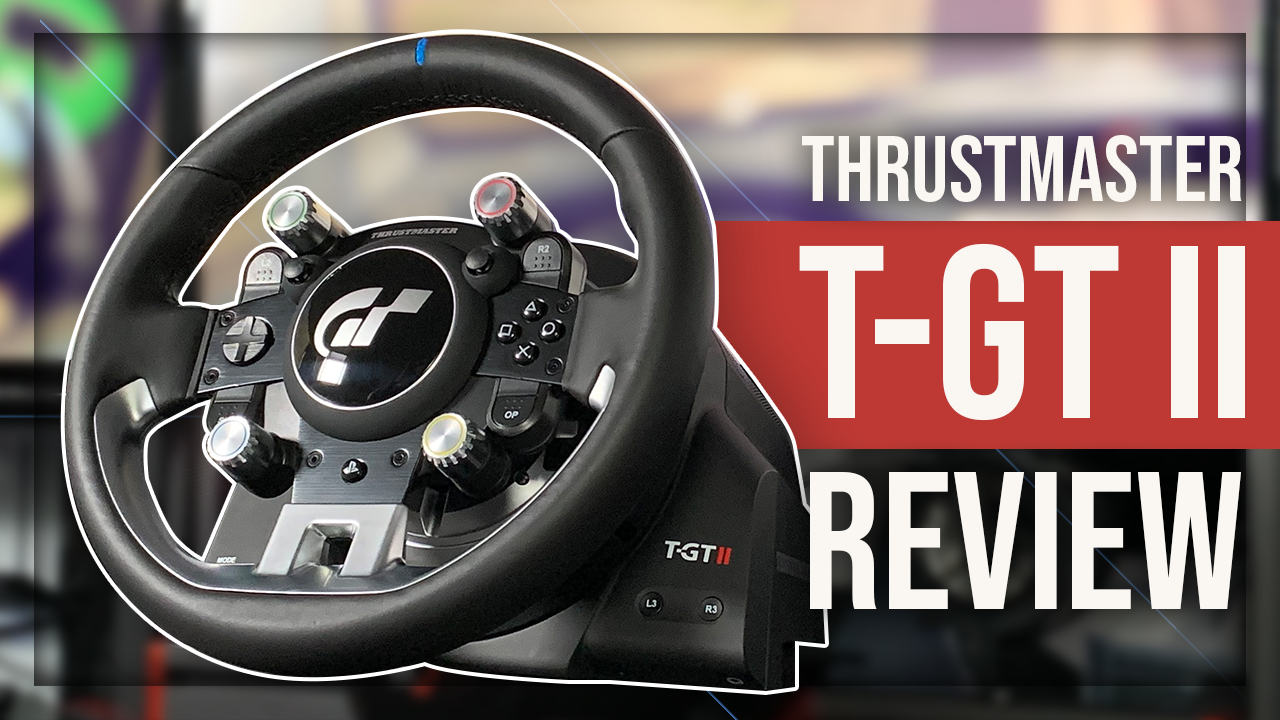
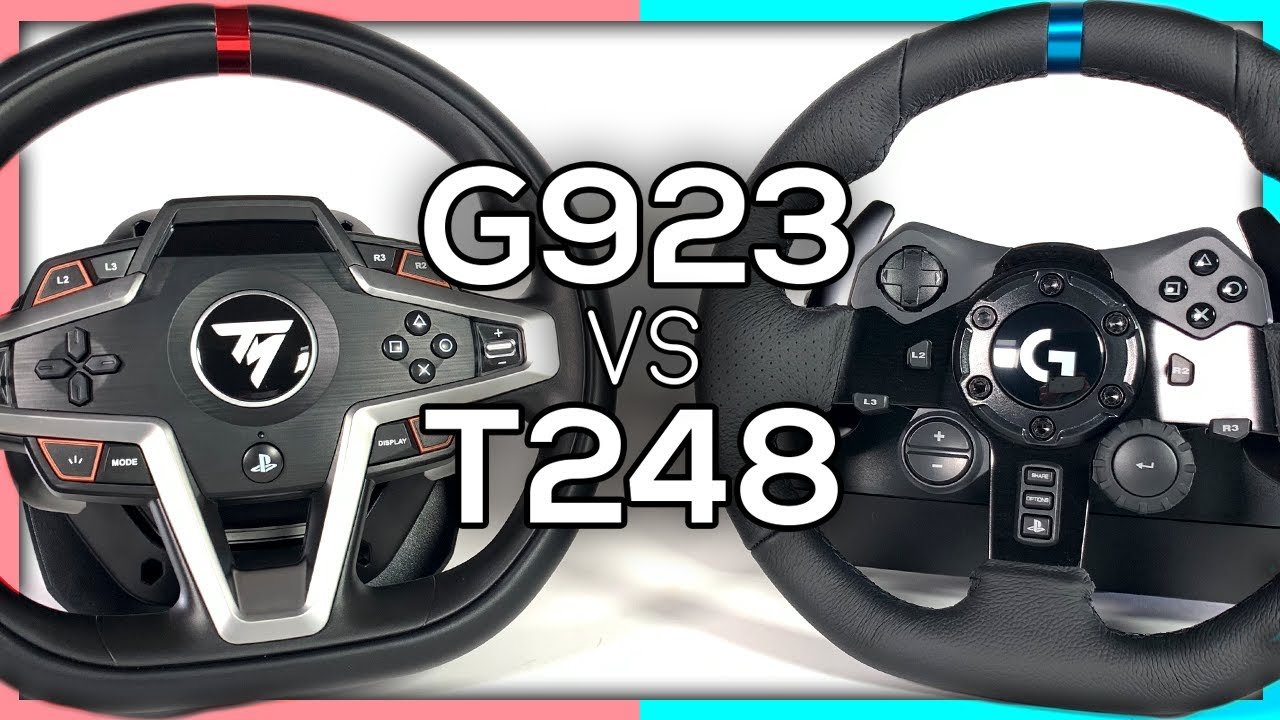
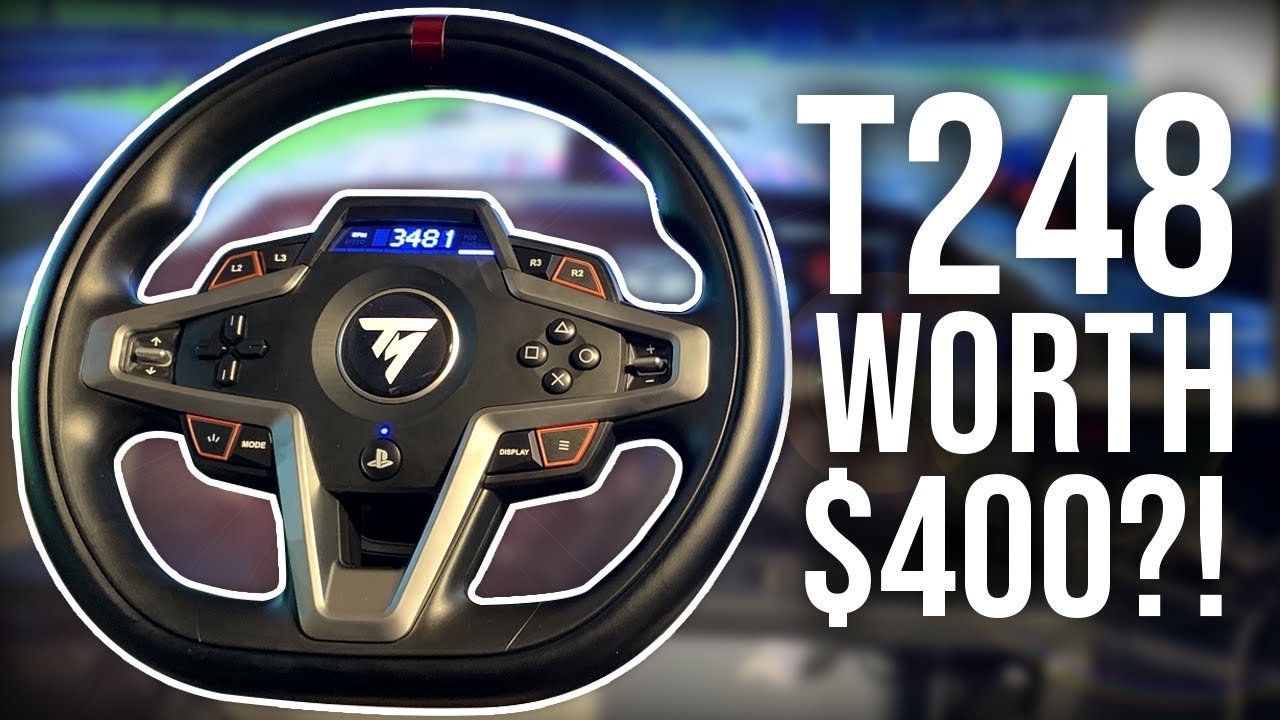

















This is the brand new Conspit Ares 18nm Direct-Drive Wheelbase paired with the 290GP Steering Wheel. It’s a serious threat to the competition.